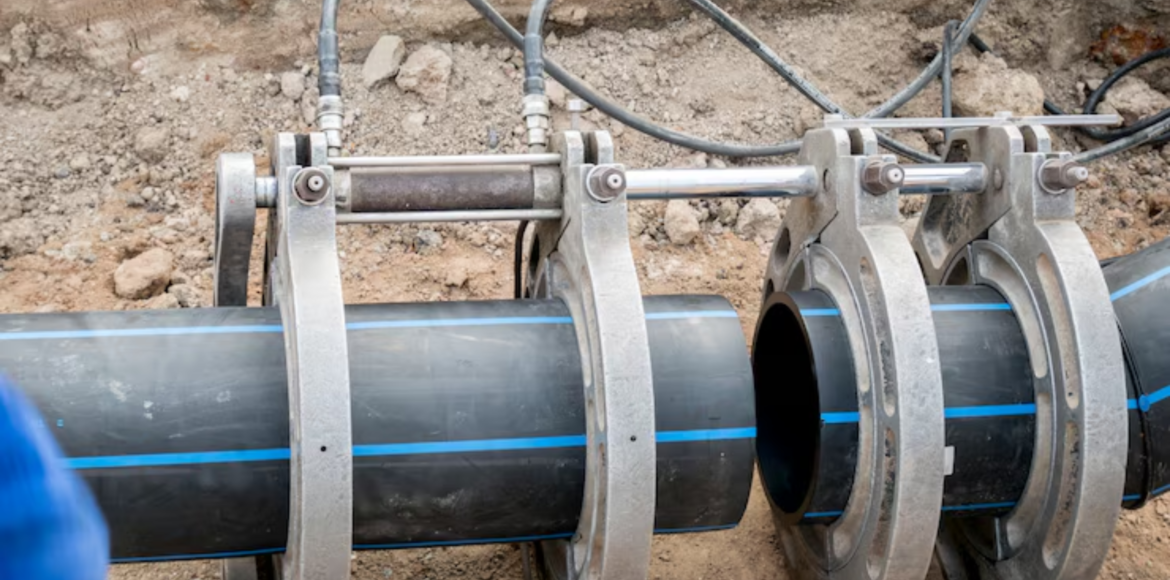Quality HDPE Pipe : 5 Powerful Ways to Identify

When selecting an HDPE pipe for your project, ensuring that Quality HDPE Pipe standards is crucial for longevity and performance. High-density polyethylene (HDPE) pipes are widely used in water supply, gas distribution, and industrial applications due to their durability and flexibility. However, not all pipes meet the highest standards. Here are five proven ways to identify the best Quality HDPE Pipe for your needs.
Check the Certification Standards of a Quality HDPE Pipe
When shopping for an HDPE Pipe, one of the first things to verify is the certification. Certified HDPE pipes meet industry standards and offer a guarantee of safety, durability, and performance.
Why IS and ISO Certifications Matter for Quality HDPE Pipe
Reputable manufacturers of HDPE Pipes adhere to international standards such as ISO 4427 and IS 4984. These certifications ensure that the pipes meet strict guidelines in terms of quality, strength, and environmental resistance. Always look for pipes that are marked with certifications from recognized authorities to make sure you’re getting a product that will last.

Assess the Raw Material Used in Manufacturing HDPE Pipe
The quality of the raw materials used plays a huge role in determining the durability and reliability of an HDPE pipe. Top-tier HDPE Pipes are made using high-grade polyethylene, which offers superior chemical resistance, high tensile strength, and the ability to withstand extreme temperatures.
How Raw Material Grade Affects HDPE Pipe Quality
HDPE pipes made from high-grade polyethylene can handle more pressure, last longer, and resist environmental degradation. Check the manufacturer’s specifications for details about the grade of polyethylene used. The best HDPE Pipes will be made from virgin resin rather than recycled material, which can affect the pipe’s overall strength and longevity.
Inspect the Wall Thickness and Diameter of HDPE Pipe
The wall thickness and diameter of an HDPE pipe are essential indicators of its strength and suitability for various applications. An HDPE Pipe should have uniform wall thickness and be designed to handle the intended flow capacity without compromising on pressure resistance.
A thicker wall typically increases the pipe’s pressure rating and ensures greater longevity, making it ideal for high-stress applications such as water and gas distribution systems. Make sure to verify that the pipe meets the necessary specifications for your intended use, whether it’s for residential, commercial, or industrial applications.
Evaluate the Flexibility and Strength for Quality HDPE Pipe
An HDPE Pipe is flexible and strong, which is vital for handling installation stress and environmental conditions. While HDPE pipes are known for their ability to bend without cracking, their flexibility should not come at the expense of strength.
How Quality HDPE Pipe Performs in Extreme Conditions
A high-quality HDPE pipe will maintain its strength even in extreme conditions, whether exposed to harsh chemicals or extreme temperatures. Look for pipes that have been tested for resilience under various environmental factors, ensuring they can withstand UV radiation, high pressure, and temperature fluctuations without failure. This type of performance ensures that your HDPE pipes will function reliably for many years to come.
Conclusion
Choosing the Quality HDPE Pipe for your project is essential for ensuring both longevity and performance. By checking certification standards, assessing raw materials, inspecting wall thickness and diameter, and evaluating flexibility and strength, you can be confident that you’re selecting the best product available. Always ensure that the pipe you choose meets the highest industry standards and is suitable for your specific application.
When you prioritize these factors, you are investing in a durable and reliable solution that will serve your needs for many years to come.
